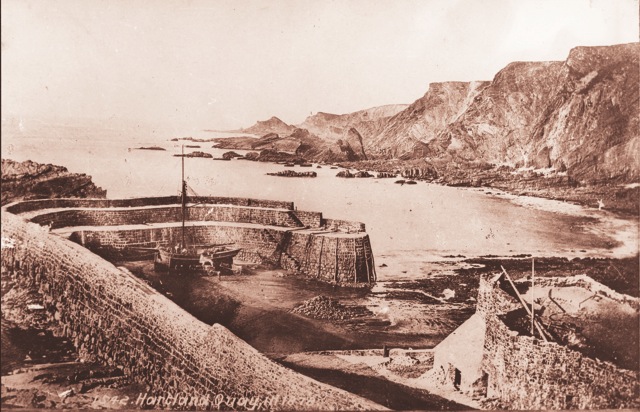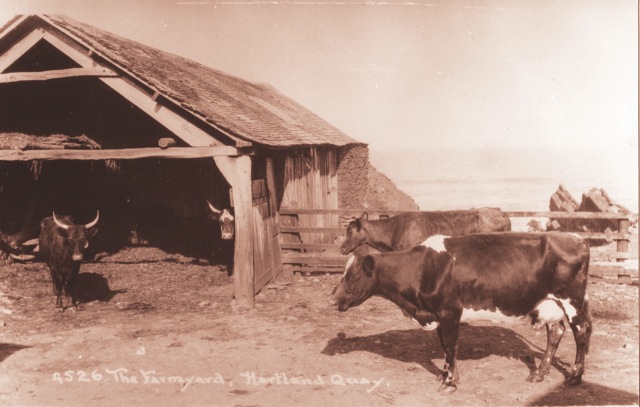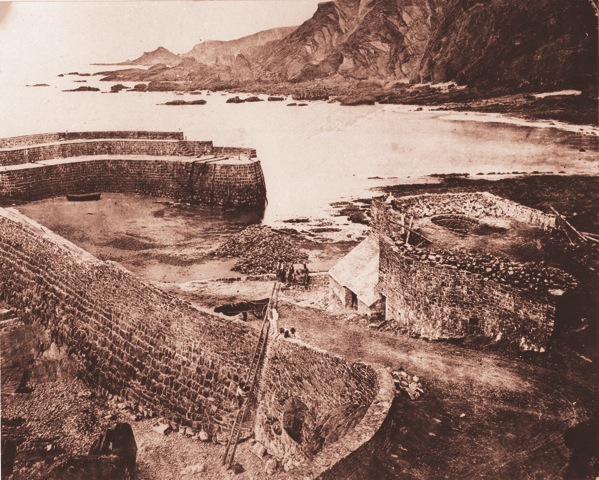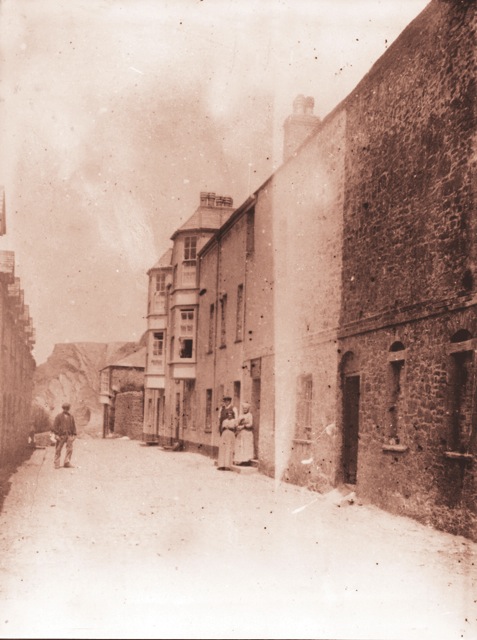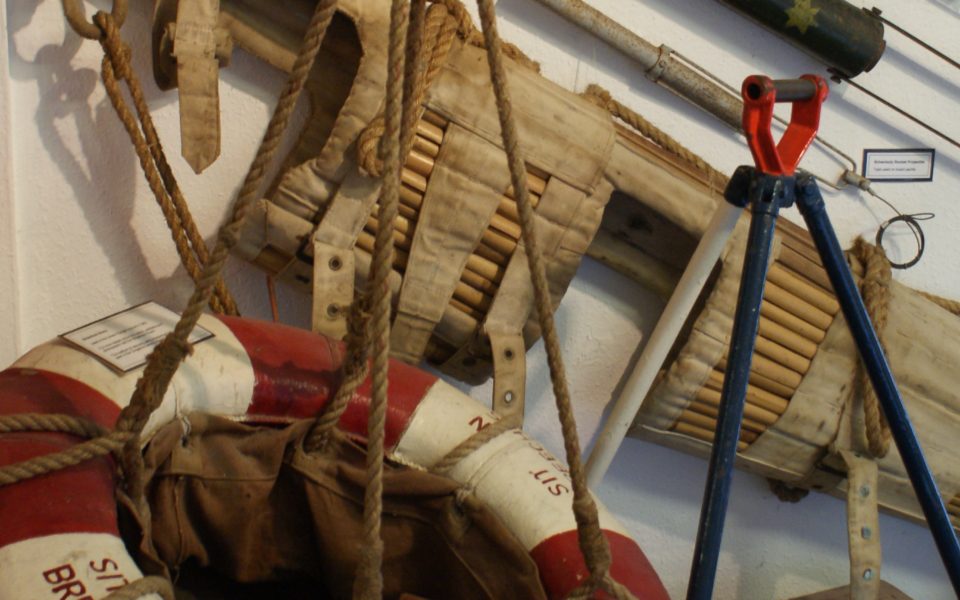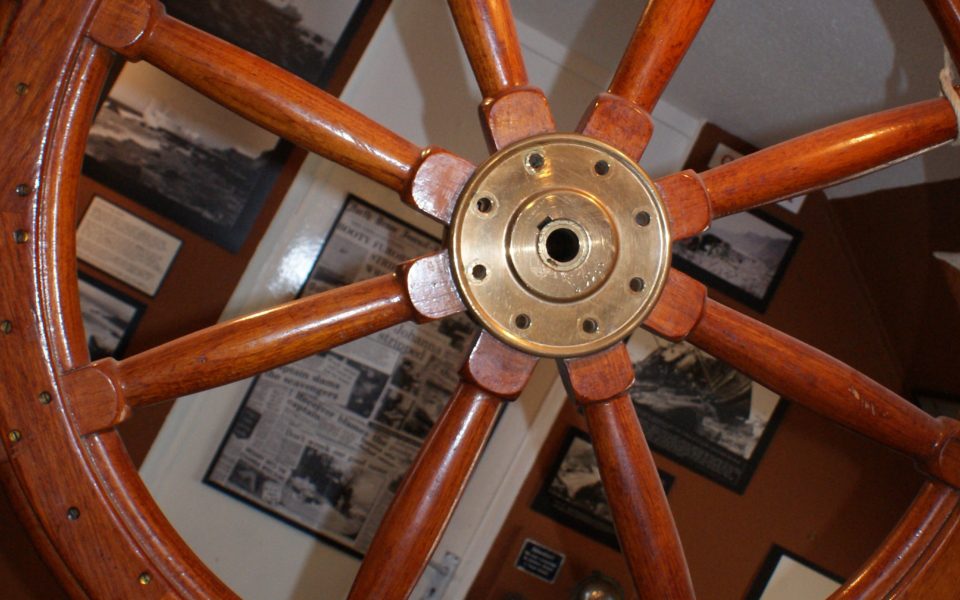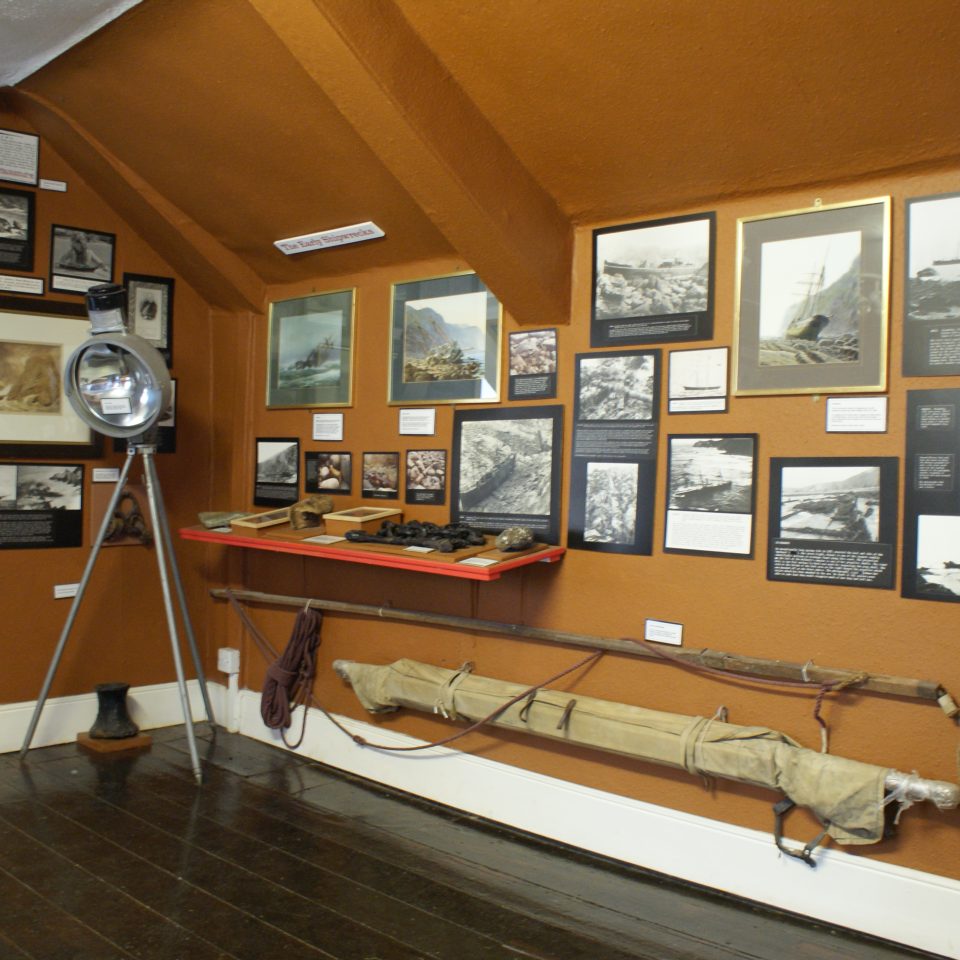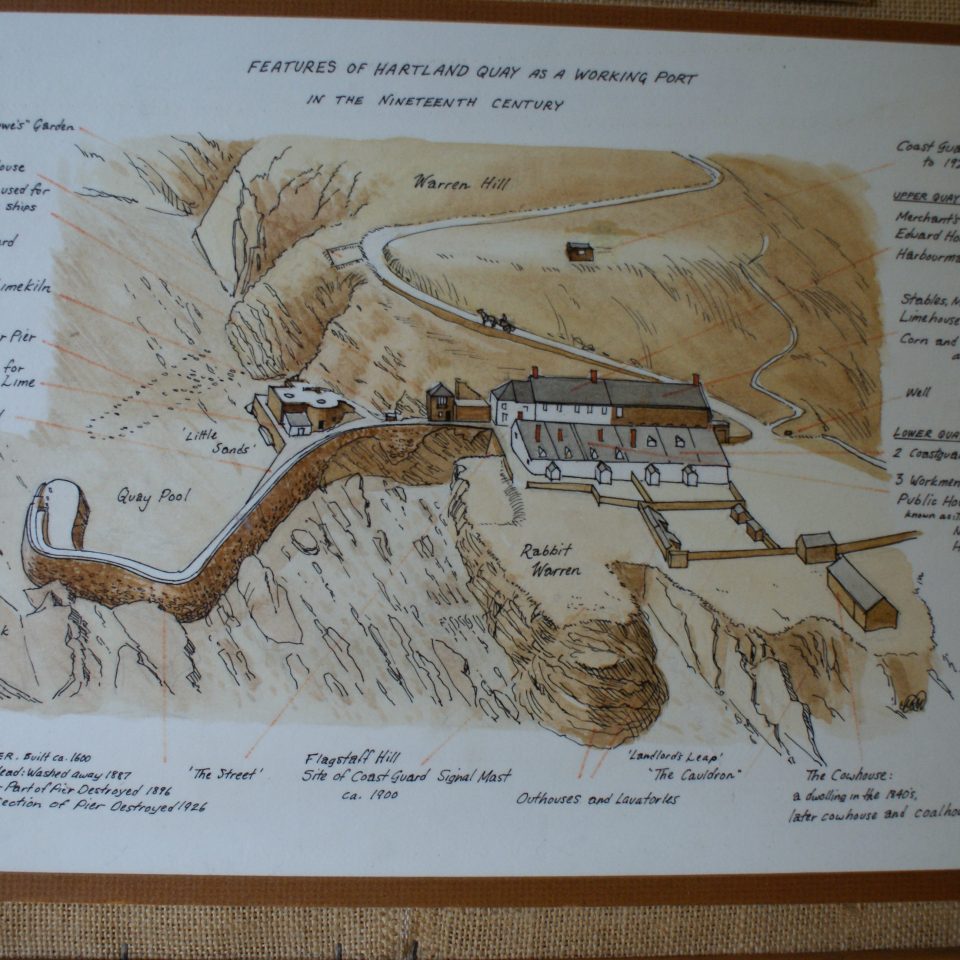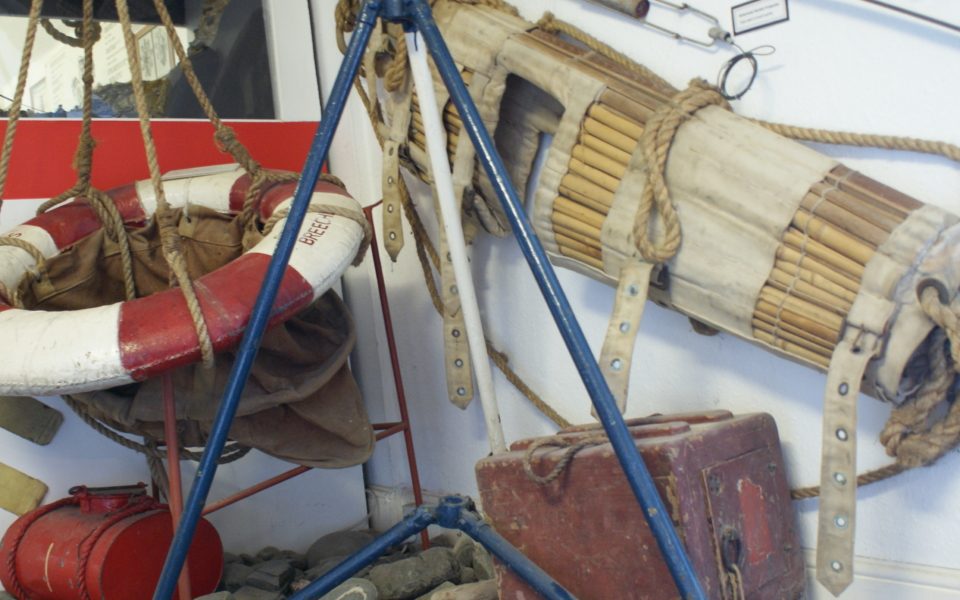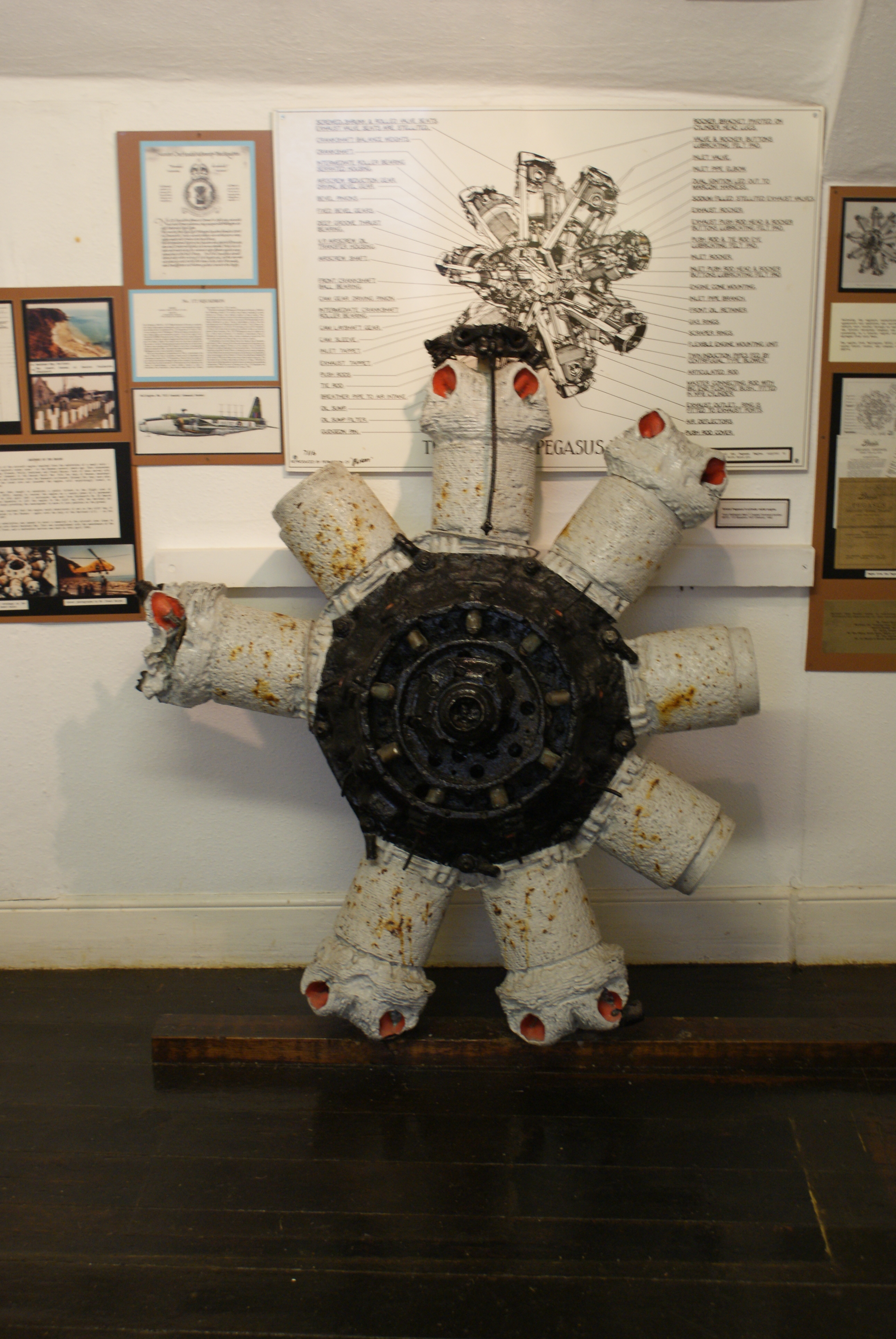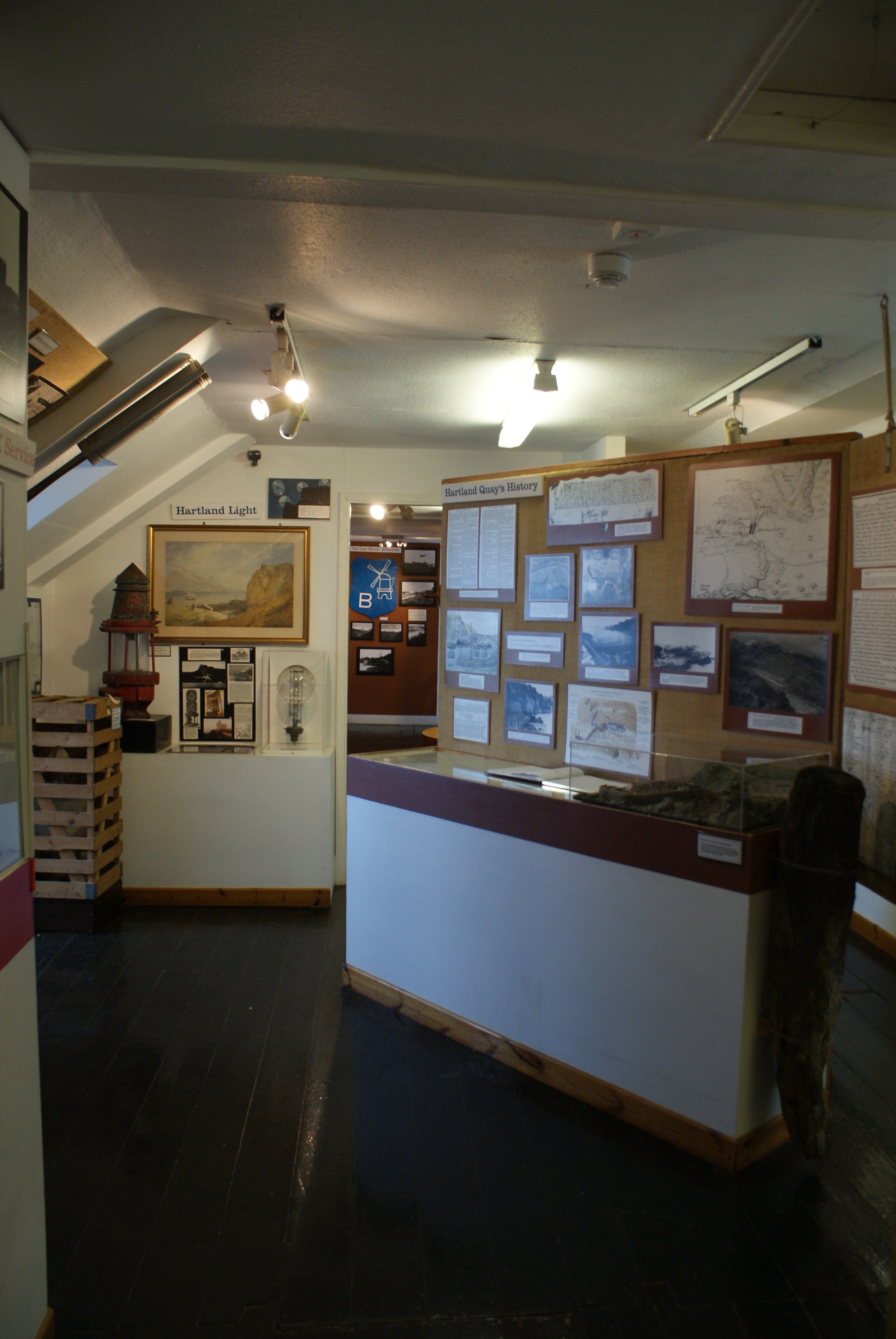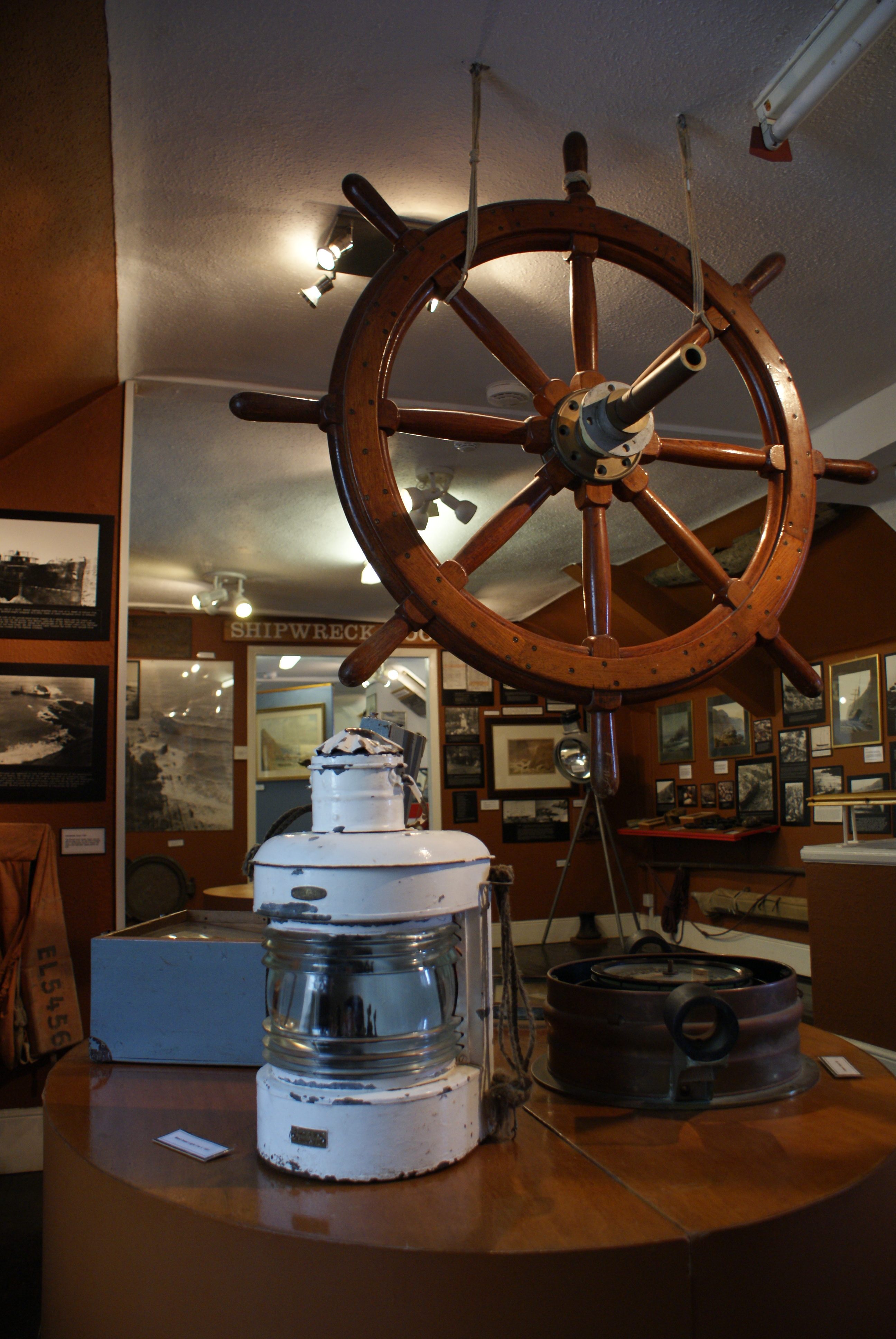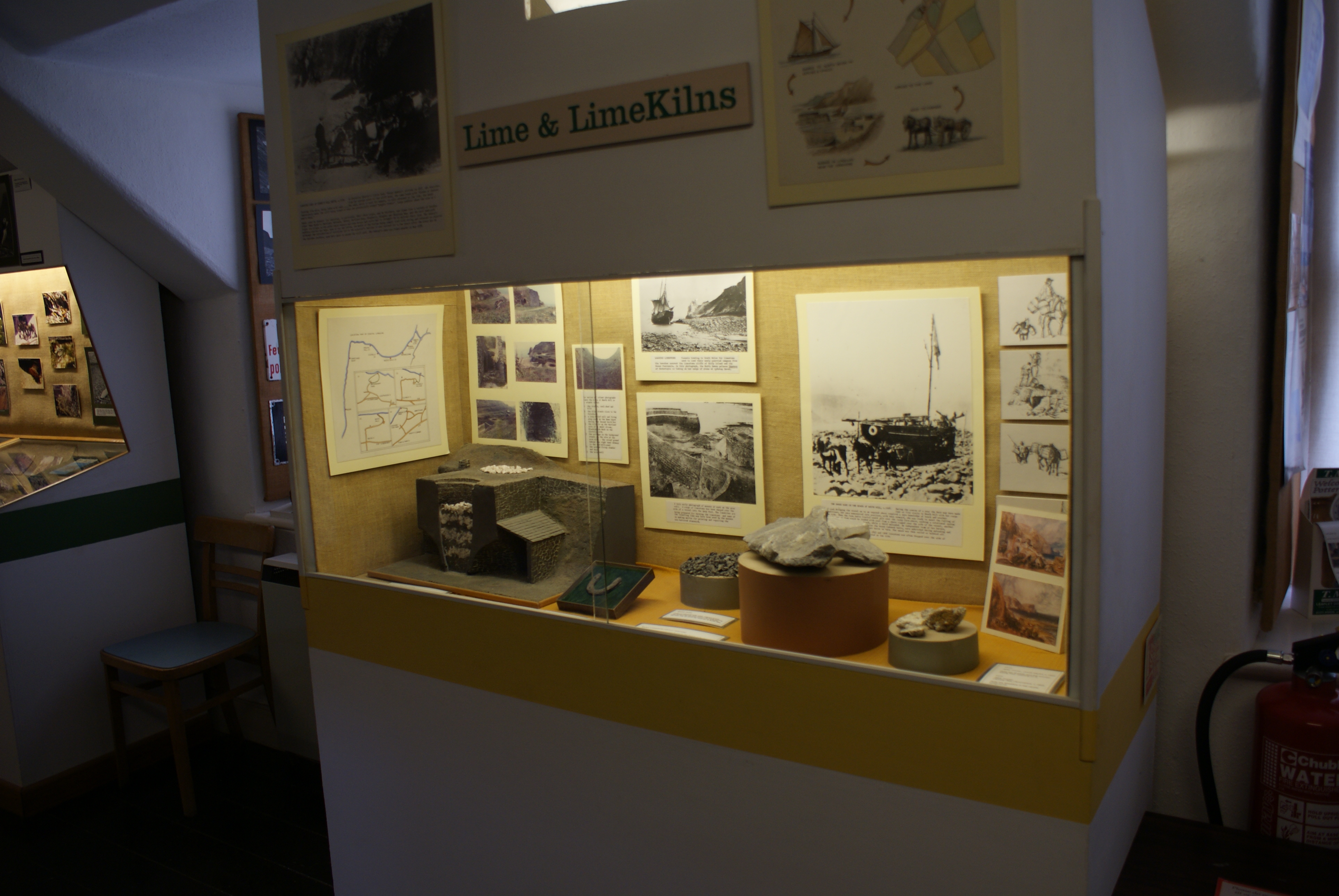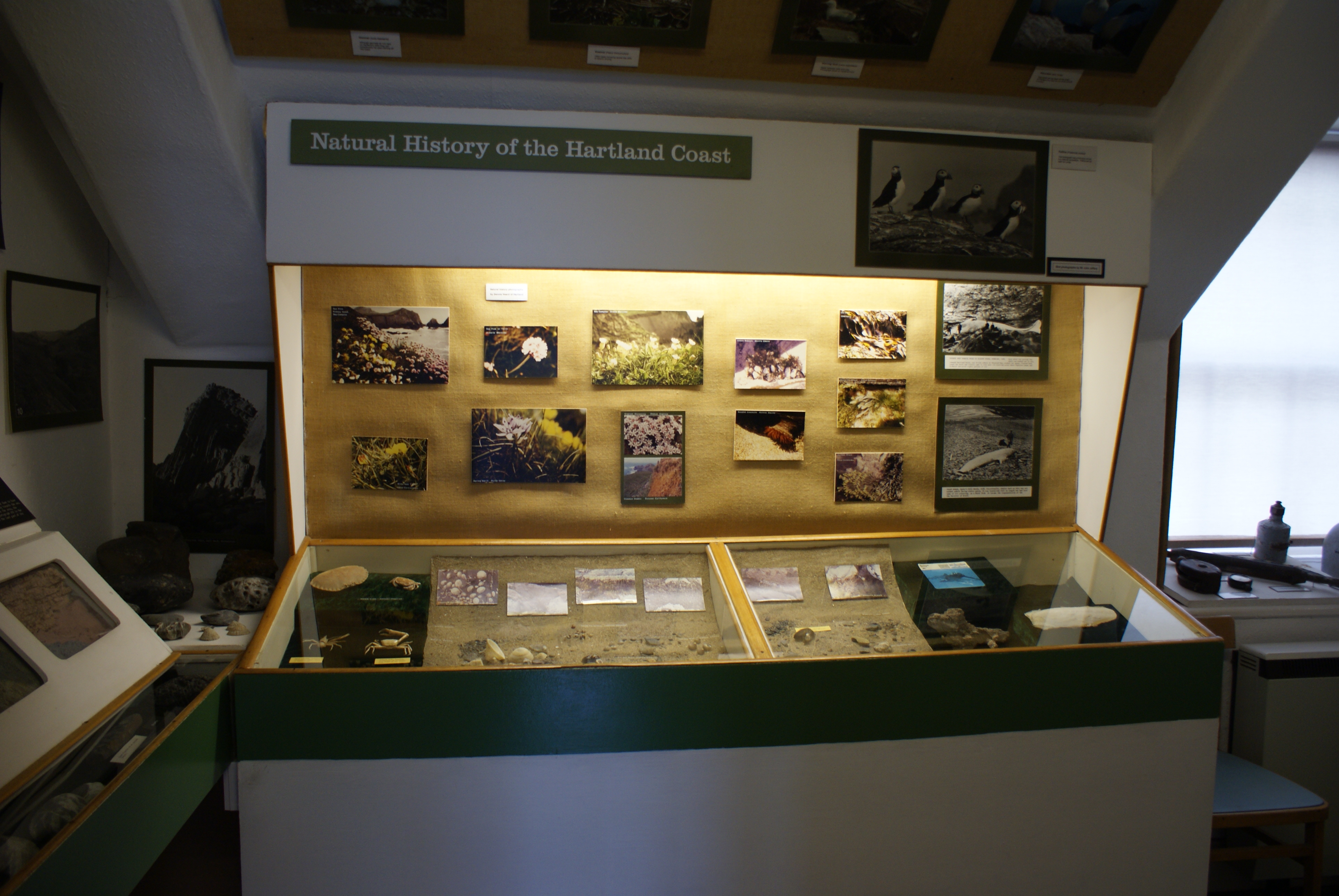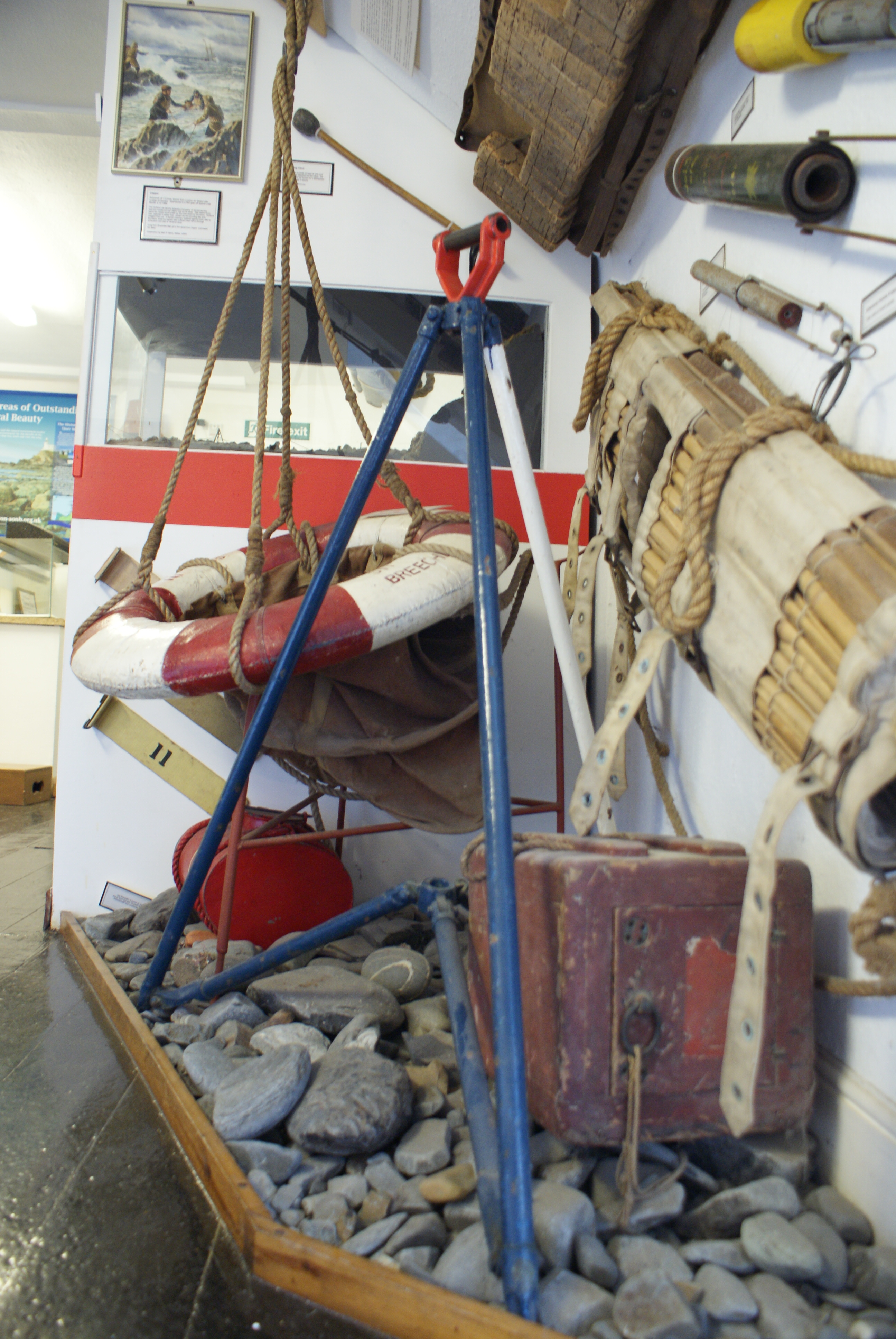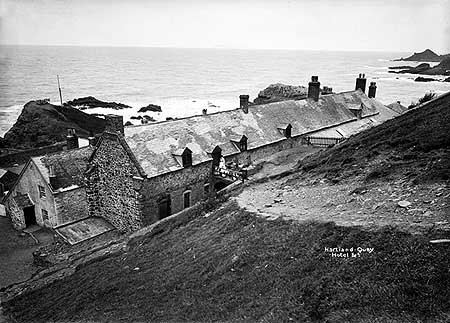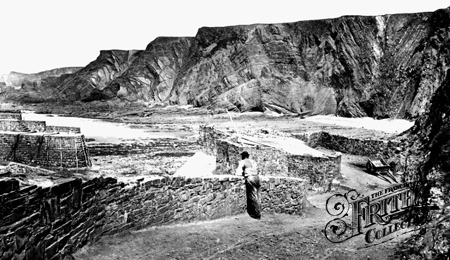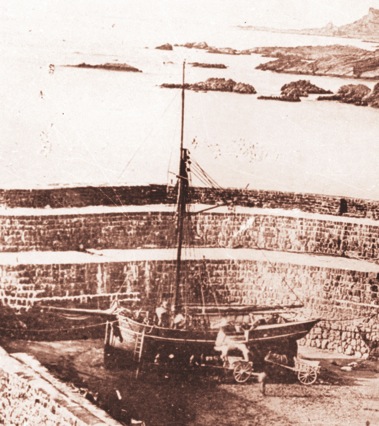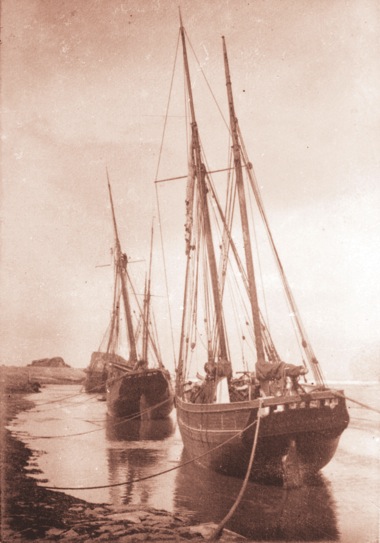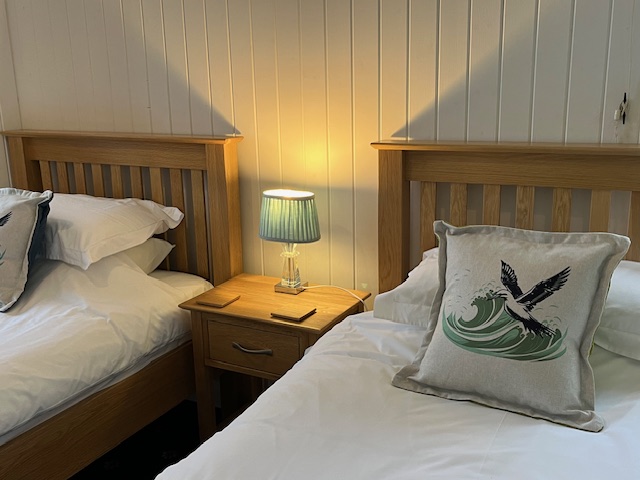The History of Hartland Quay
Hartland Quay was built towards the end of the 16th Century being one of many quays along the coast. A pier of very similar construction can still be seen in Clovelly to this day. Heavy goods such as lime, slate and coal were shipped in from across the Bristol Channel and local produce such as barley and oats would have been shipped out. With the arrival of the railway in Bideford, maintenance of the pier ceased and by 1896 the greater part of the pier had been destroyed by storms. In 1970, access to the sea was once again established, albeit for much smaller craft, when members of the Hartland Boat Club constructed the present slipway.
The buildings were converted into a hotel and pub at the end of the 19th Century. The buildings that are now the existing pub were once the malthouse and stables with hay lofts above, with the cottages opposite for the workers.
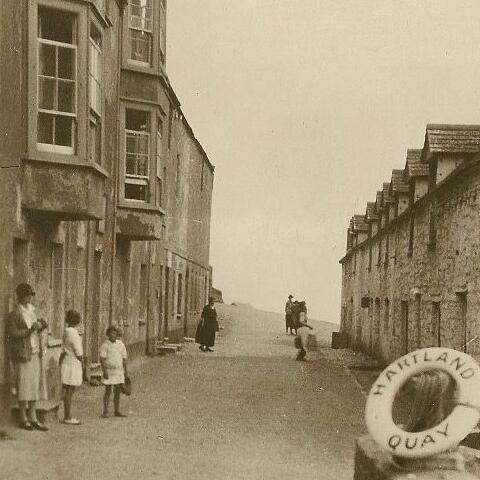
Shipwrecks
Although countless ships have been wrecked on this coast through the centuries, the first wreck that the Hartland Quay Coastguard were known to have attended came in January 1860. This was the start of many ships running aground here and before the turn of the Century fifteen more vessels were to become wrecks on Hartland’s “tempest furrowed shore”. Four more were to be temporarily grounded and one would have to be towed off. But the most disastrous loss proved to be the 2,203 ton steamship ”Uppingham” which stranded under Longpeak on 23rd November 1890 with the loss of many lives. Within three months of the Uppingham disaster the Hartland Quay Life Saving Apparatus Company was established and a Rocket House built at the cliff-head to accommodate its wagon and life-saving gear.
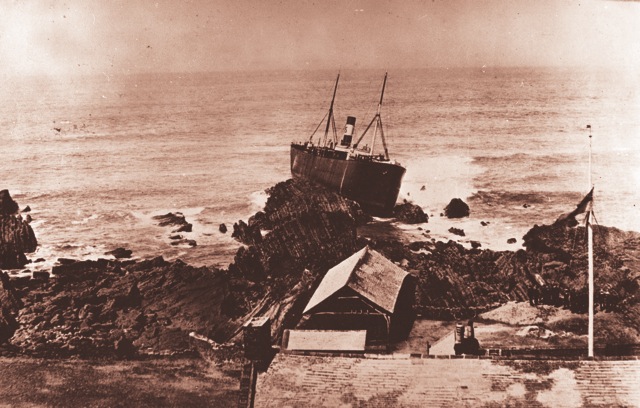
Hartland Quay Museum
You can explore the history of Hartland Quay and it’s spectacular coastline inside the Hartland Quay Museum. The museum’s many colourful displays tell the story of four centuries of shipwrecks, of the locally based, heroic life saving services, and of the men and ships which traded from Hartland Quay over the centuries.
The history of the Quay is shown from its beginning in the time of King Henry V111 to its destruction by the sea now more than a century ago. Other exhibits describe the local coastal flora and fauna , bygone industries of the area and smuggling, wrecking and rescues.
The Museum is open seasonally from Easter until half term in October from 11am until 4pm.



